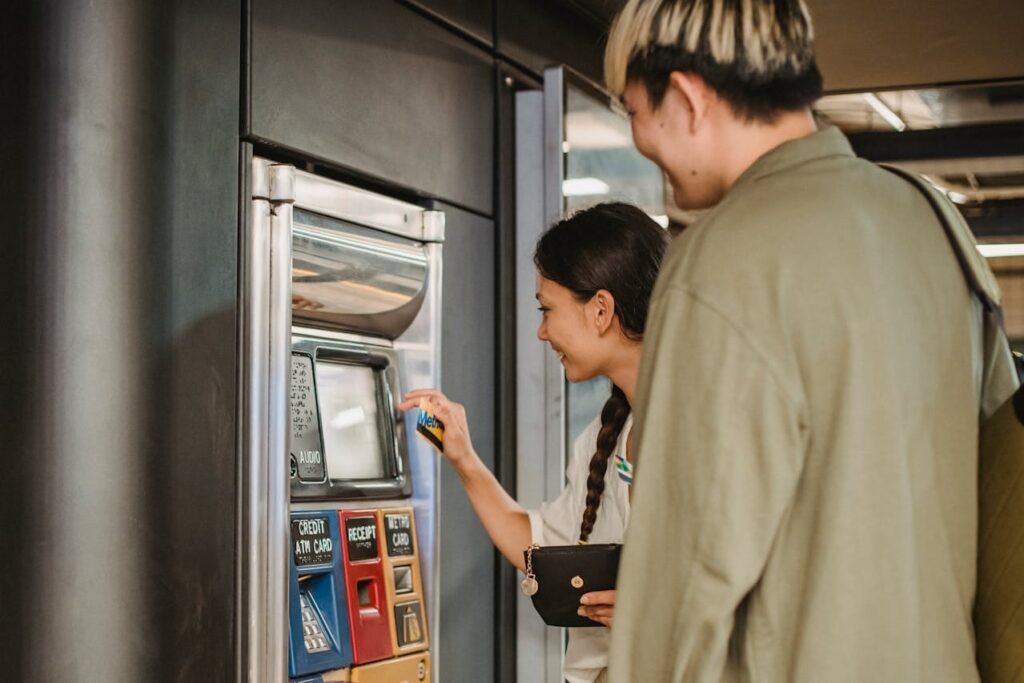In the fast-paced world of retail, operational efficiency is paramount to staying competitive. With the rise of e-commerce and the demand for seamless customer experiences, retailers are increasingly turning to digital solutions to manage inventory and enhance the ordering process. One of the most transformative trends in retail is the integration of digital ordering systems, which connect inventory management with customer engagement. This shift, often referred to as moving “inventory to inbox,” is helping businesses streamline their operations and cater to the growing preference for online and contactless shopping.
In the fast-paced world of retail, operational efficiency is paramount to staying competitive. With the rise of e-commerce and the demand for seamless customer experiences, retailers are increasingly turning to digital solutions to manage inventory and enhance the ordering process. One of the most transformative trends in retail is the integration of digital ordering systems, which connect inventory management with customer engagement. This shift, often referred to as moving “inventory to inbox,” is helping businesses streamline their operations and cater to the growing preference for online and contactless shopping.
Contents
The Challenges of Traditional Retail Operations
Retail operations have historically been labor-intensive, relying on manual processes to manage stock, process orders, and communicate with customers. Inventory mismanagement, human error, and delayed restocking can lead to lost sales, dissatisfied customers, and unnecessary costs. Moreover, the traditional ordering process, whether in-store or online, often involves multiple touchpoints, making it inefficient and prone to delays.
For retailers operating in today’s highly competitive environment, these inefficiencies can spell disaster. The need for real-time inventory updates, instant communication with customers, and automated ordering processes has never been more critical.
The Power of Digital Ordering
Digital ordering systems represent a significant evolution in retail. By automating the ordering process and integrating it with inventory management, these systems ensure that retailers can manage stock levels more accurately and quickly respond to customer demand. When a customer places an order online, the system checks the available inventory in real-time and confirms the order if the product is in stock. This immediate feedback reduces the risk of overselling and helps maintain customer trust.
These systems also eliminate much of the manual labor involved in managing orders, from invoicing to shipping. Retail staff no longer need to process orders by hand or check stock manually, freeing up time to focus on other areas of the business. Additionally, with the use of digital ordering platforms, communication with customers is more streamlined, with order confirmations, shipping updates, and promotional messages delivered directly to their inbox.
Benefits of Digital Ordering for Retailers
- Real-Time Inventory Tracking:
One of the most significant advantages of digital ordering systems is the ability to track inventory in real-time. This enables retailers to maintain optimal stock levels, avoiding the risk of overstocking or running out of popular items.
- Automated Processes:
Digital ordering eliminates the need for manual data entry, reducing errors and speeding up the fulfillment process. Automated systems can process orders, manage payments, and send customer notifications without the need for human intervention.
- Enhanced Customer Experience:
Customers now expect convenience, and digital ordering provides just that. With a few clicks, they can browse available stock, place an order, and receive instant confirmation. Personalized email updates ensure customers are informed throughout the order fulfillment process.
- Increased Efficiency:
With inventory management and ordering processes integrated, retailers can reduce operational bottlenecks. This leads to faster order fulfillment, fewer mistakes, and a smoother customer journey from start to finish.
Connecting the Dots – Future of Retail
The rise of platforms like QikServe is testament to the growing importance of digital ordering solutions in retail. These solutions enable businesses to integrate digital ordering with their existing operations, providing customers with a seamless, self-service ordering experience. As more retailers adopt such platforms, they can offer personalized experiences while improving efficiency and reducing costs.
By bringing inventory management, order processing, and customer communication into one cohesive system, retailers can respond faster to market changes, stay on top of demand, and provide the superior customer service that modern shoppers expect.
Conclusion
As retail continues to evolve, digital ordering is fast becoming a cornerstone of efficient operations. Moving “inventory to inbox” allows businesses to streamline their processes, reduce manual labor, and improve customer satisfaction. The future of retail lies in the seamless integration of technology with day-to-day operations, ensuring that businesses can meet the demands of today’s digital-first consumers while staying ahead of the competition.



